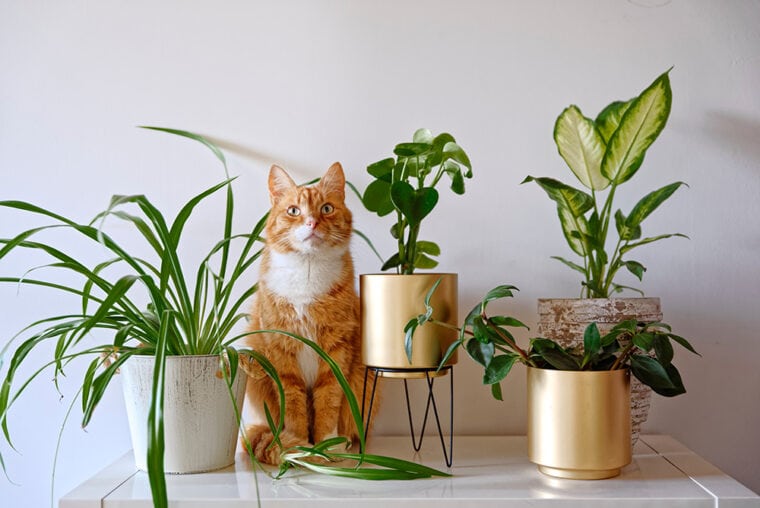
Houseplants are beautiful additions to any home. They can liven up a room and make the place feel more inviting. Many people like to keep plants as a hobby. Unfortunately, sharing your space with plants and a curious cat can be a recipe for disaster. If you own cats and plants, you may already be familiar with the destruction that cats can cause. Chewing, digging, and tipping plants over seems to provide endless entertainment for felines.
The good news is that you can cat-proof your plants so this doesn’t happen again! In this article, we go over seven tips and tricks to keep your curious cat’s nose, paws, and claws out of your plants.
The 7 Tips to Cat-Proof Your Plants
Try these tips to stop your cat from destroying your plants.
1. Make the Plant Less Desirable
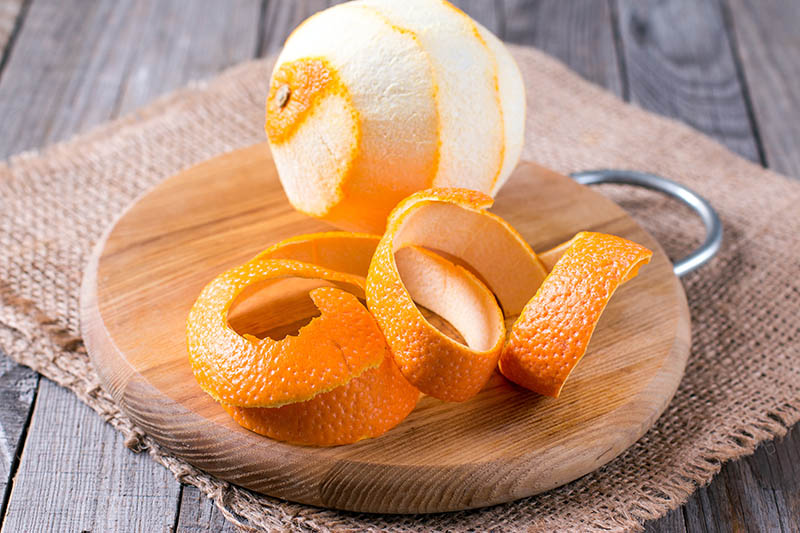
Many cats dislike citrus. You can spray lemon, orange, or lime juice diluted with water on the leaves of your plant. One bite and your cat won’t be coming back for more. Be sure not to use any essential oils, though, as these could be toxic to your cat.
If you don’t want to spray your plants, add citrus peels or banana peels to the soil. The scent of these alone can be a diversion.
There are sprays on the market that can be used if you don’t want to make your own.
In addition to citrus, you can add coffee grounds and pine cones to the soil to make it unappealing to your cats. The smell of the coffee will deter your cat, and the pine cones placed on top will prevent them from scratching the soil and accidentally ingesting it.
2. Move the Plants
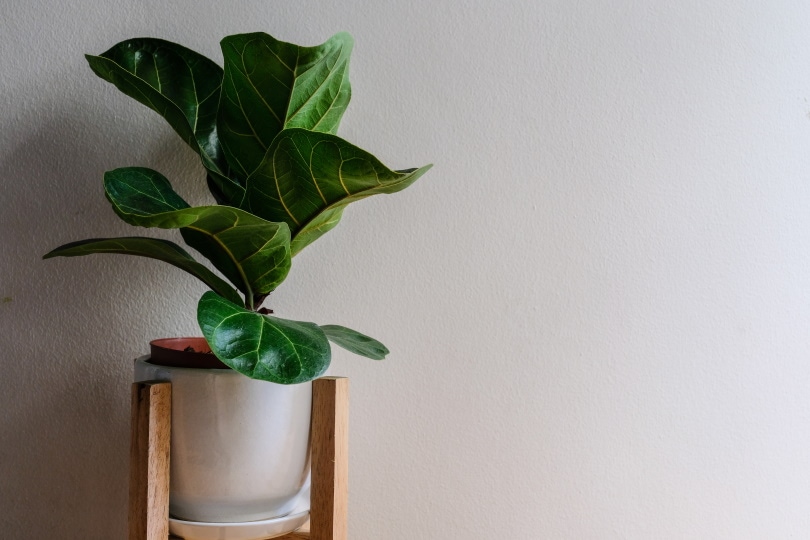
One simple solution is to move the plants out of your cat’s reach. You can hang them from the ceiling or place them on high shelves. Installing shelves on the wall out of your cat’s reach will enable you to enjoy your plants without sacrificing any floor room.
If you can, designate a room in your house as the plant room, and block your cat from having access to it. Make sure it’s an area where your plants can receive the airflow and light that they need.
3. Use Tinfoil

It may not be the best-looking solution, but many cats dislike the texture and sound of tinfoil. Covering the sides and top edges of the pots can work to keep cats from digging in the soil. This is a good deterrent for cats that like to dig, knock the plants over, or attempt to use the soil as a litter box.
4. Distract the Cat

If your cat is interested in the plants, give them something else to be interested in instead. The best alternative is to provide some cat grass. If you offer a treat that they can’t resist, the cat will soon be choosing the cat grass over your plants.
You should also get a toy and make sure your cat has daily playtime. Increasing your cat’s playtime each day can fend off boredom, making them less interested in seeing what trouble they can get into with your plants.
5. Give the Cat a Plant
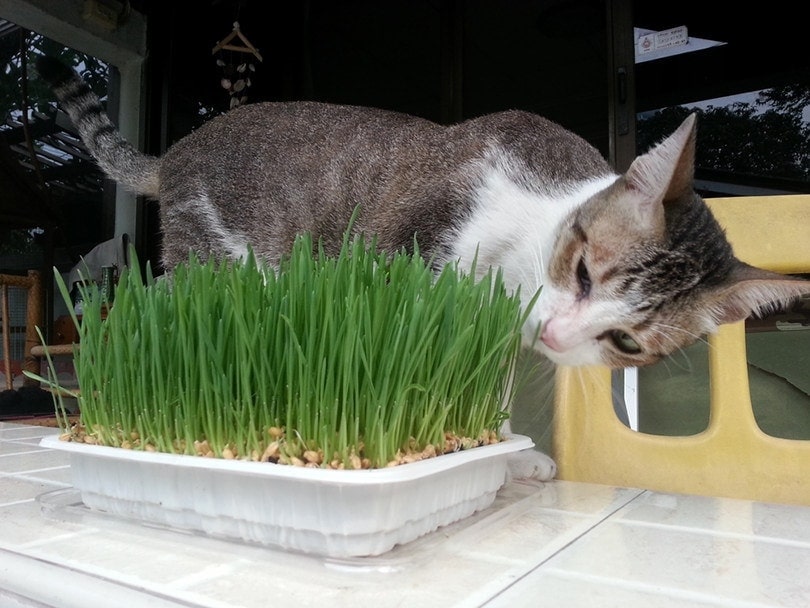
If your cat loves plants, giving them one of their own may save the others from becoming victims. You can grow catnip or cat grass for your cat and offer it to them to chew. Other plants that are safe for cats to chew include lemon balm, wheat, barley, and rye. By sacrificing one plant, you may be able to save the others.
6. Cover the Soil

If your cat is digging in the soil, use something to cover it. You can use river rocks, lava rocks, or seashells. Keeping the soil covered is a way that you can deter your cats without covering the pot in tinfoil.
7. Train Your Cat

One way to get your cat to leave your plants alone is to train them to do so. This takes time, but the effort can pay off. If you catch your cat in the act, use a spray bottle filled with water to spray them, which will startle them. They will eventually learn that going toward the plants will produce this reaction from you.
You can also clap your hands loudly or shake an aluminum can full of pennies. Cats don’t like loud noises or being startled. This distraction can be enough to get them to forget about their previous plant-destroying plan.
Why Is My Cat Eating My Plants?
Cats seem to enjoy chewing plants. There are several reasons for this. Sometimes, it’s just boredom. The cat has found something new and interesting and wants to chew it for entertainment.
Some plants taste good to cats. They like the flavor and texture of the leaves.
If your cat is eating your plants often, make sure they are eating their regular meals. Sometimes plants are being eaten because the food dish needs to be refilled.
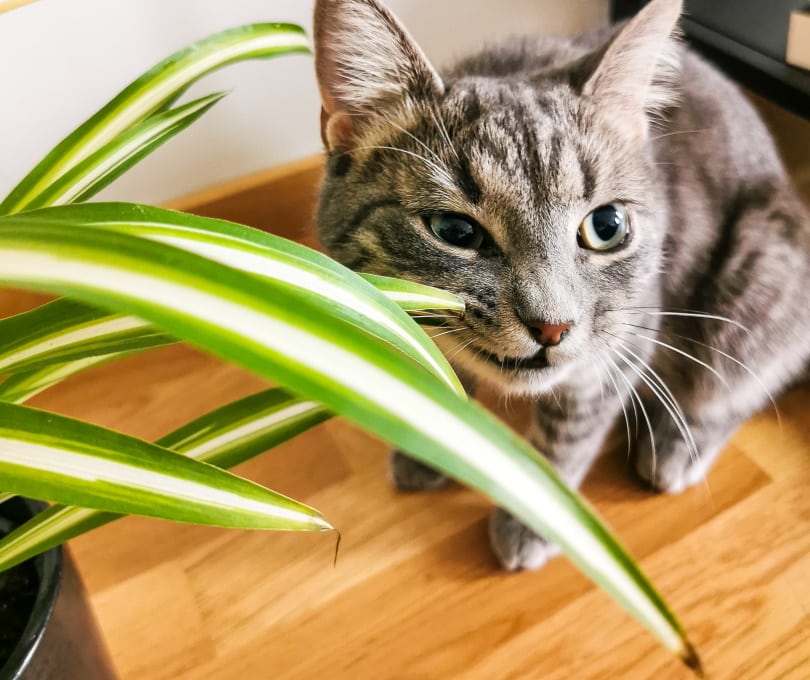
Why Does My Cat Use My Plants as a Litter Box?
Digging is a natural behavior for cats. When cats use the litter box, they usually dig around in the litter to find the perfect spot and then dig more to cover up their business. If your cat is digging in the plant to use it as a litter box, it’s something that feels natural to them.
If you notice this happening frequently, your cat may have an issue with their litter box. Cats prefer their litter box to be clean and don’t like using a dirty litter box, especially if they have to dig through their previous messes to find a clean spot. Getting your cat to stop using your plants as a bathroom could be as simple as scooping the box regularly.
However, when cats eliminate in odd places, this could be a sign of a medical issue. Urinary tract infections and similar problems can make cats urinate in unusual spots. If you notice this happening in other areas of the home, contact your vet.
Once your cat gets a clean bill of health, you’ll know that the plant problem is behavioral and not a sign of an illness.
If you have multiple cats, make sure there are enough litter boxes for them all. A good rule of thumb is that you should have one litter box per cat, plus one extra. If there is enough space for everyone to use a box comfortably, they will be less likely to seek out other spots.
Final Thoughts
It’s possible to have plants and cats in the same house! It might take a bit of effort to relocate the plants or train your cat to leave them alone, but eventually, you can have a peaceful home that isn’t full of chewed leaves, spilled dirt, or broken pots.
We hope that these tips and tricks have been helpful, so you can continue to enjoy your beautiful plants in a home with cats.
Featured Image Credit: Damian Lugowski, Shutterstock








